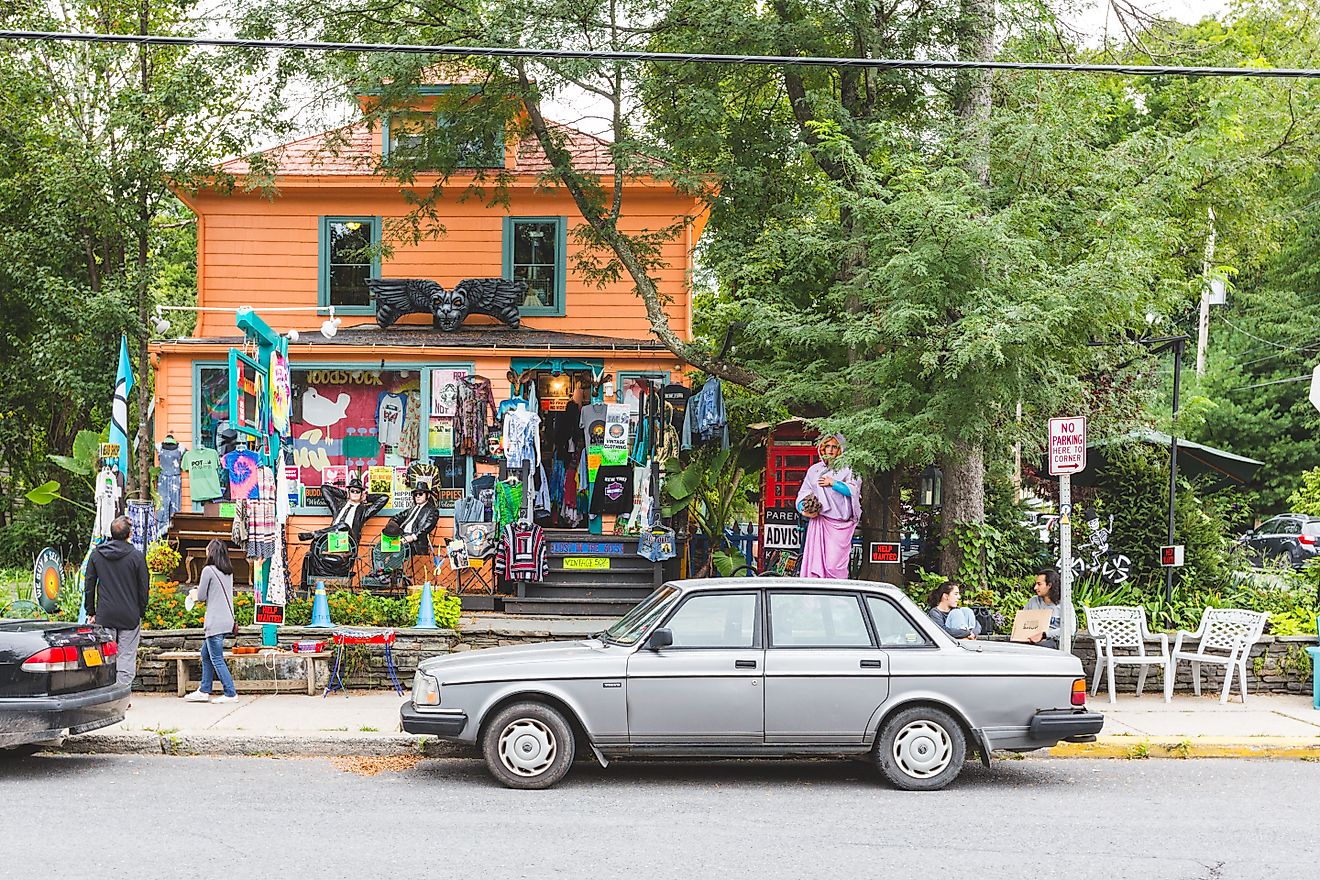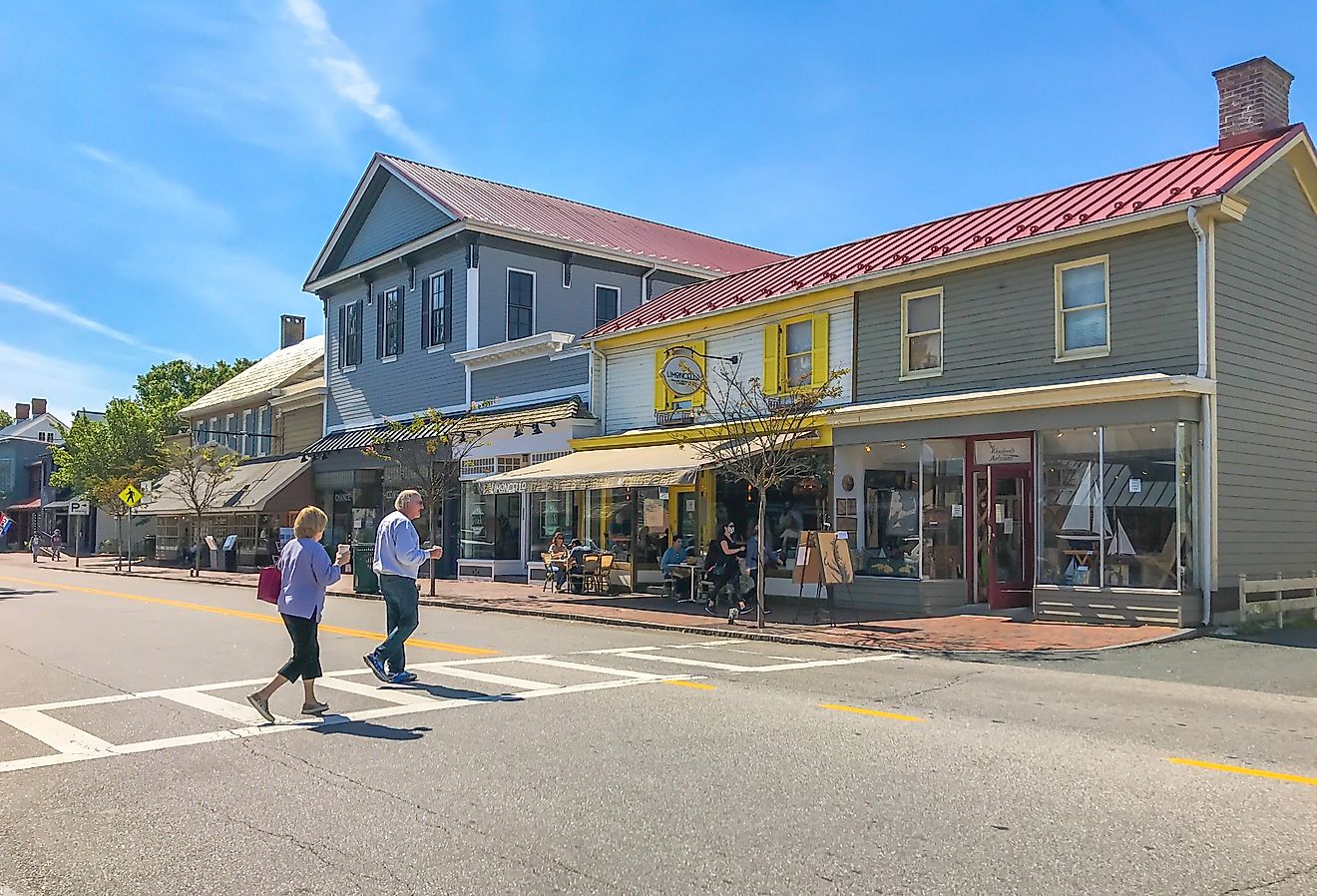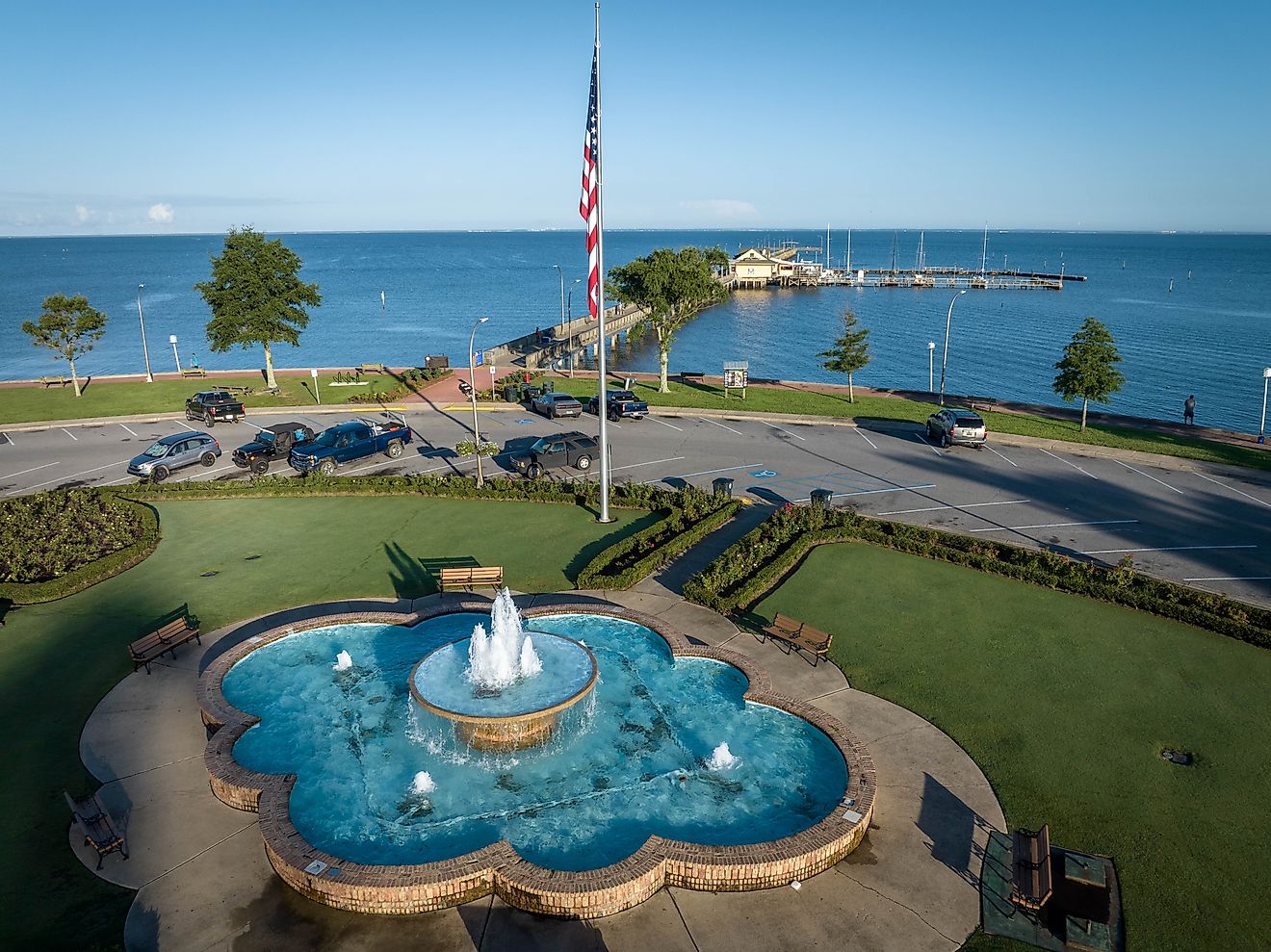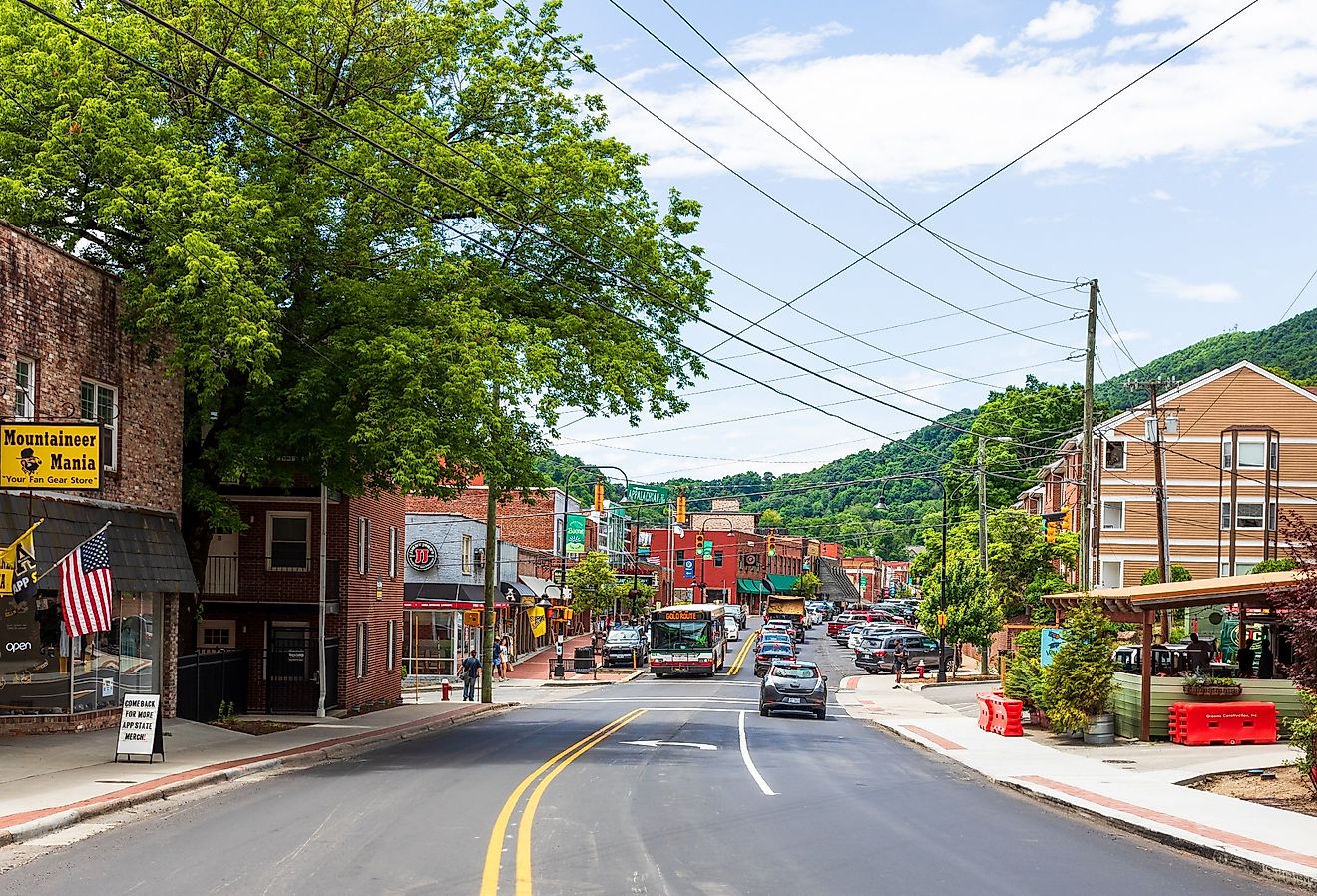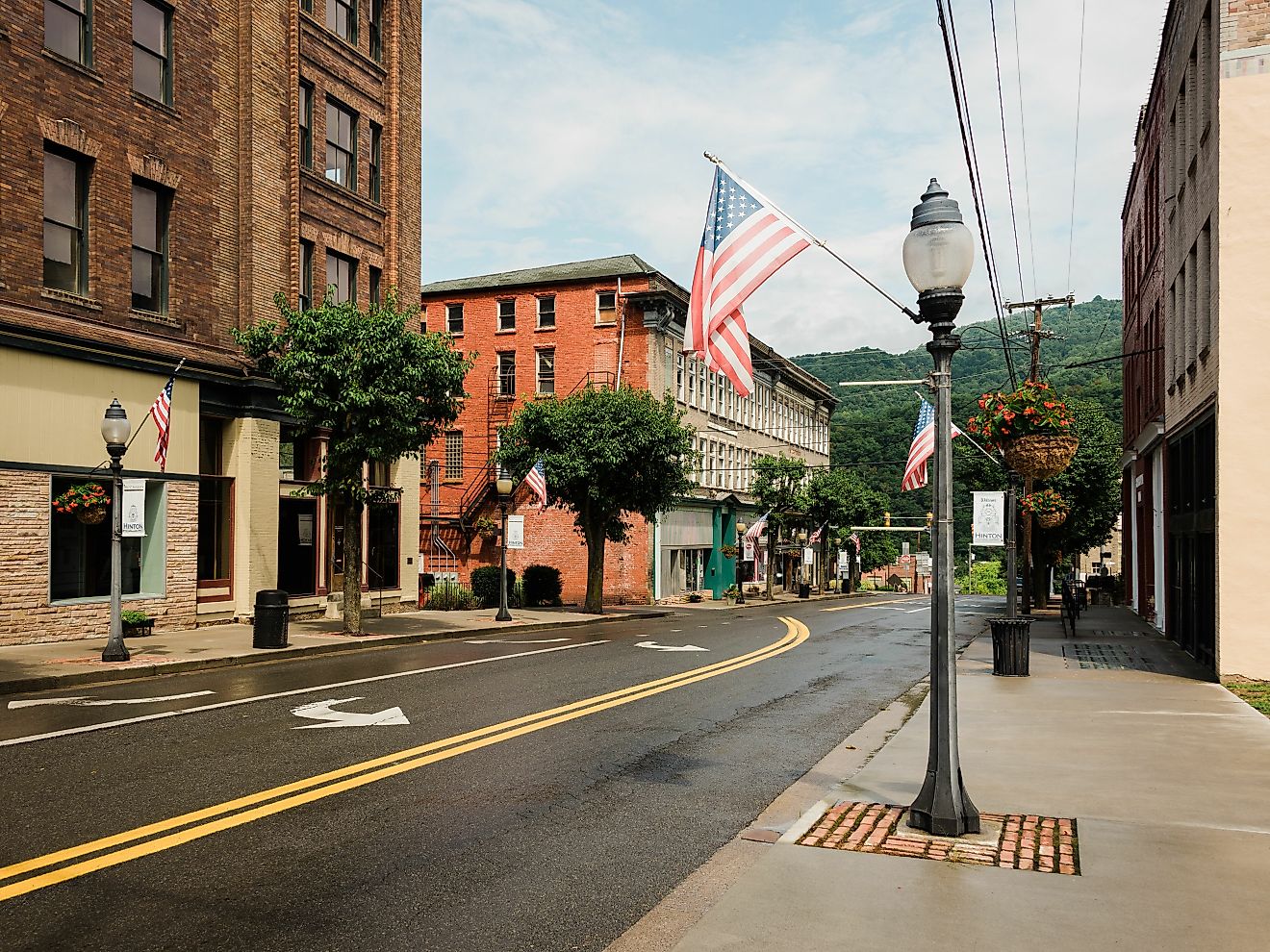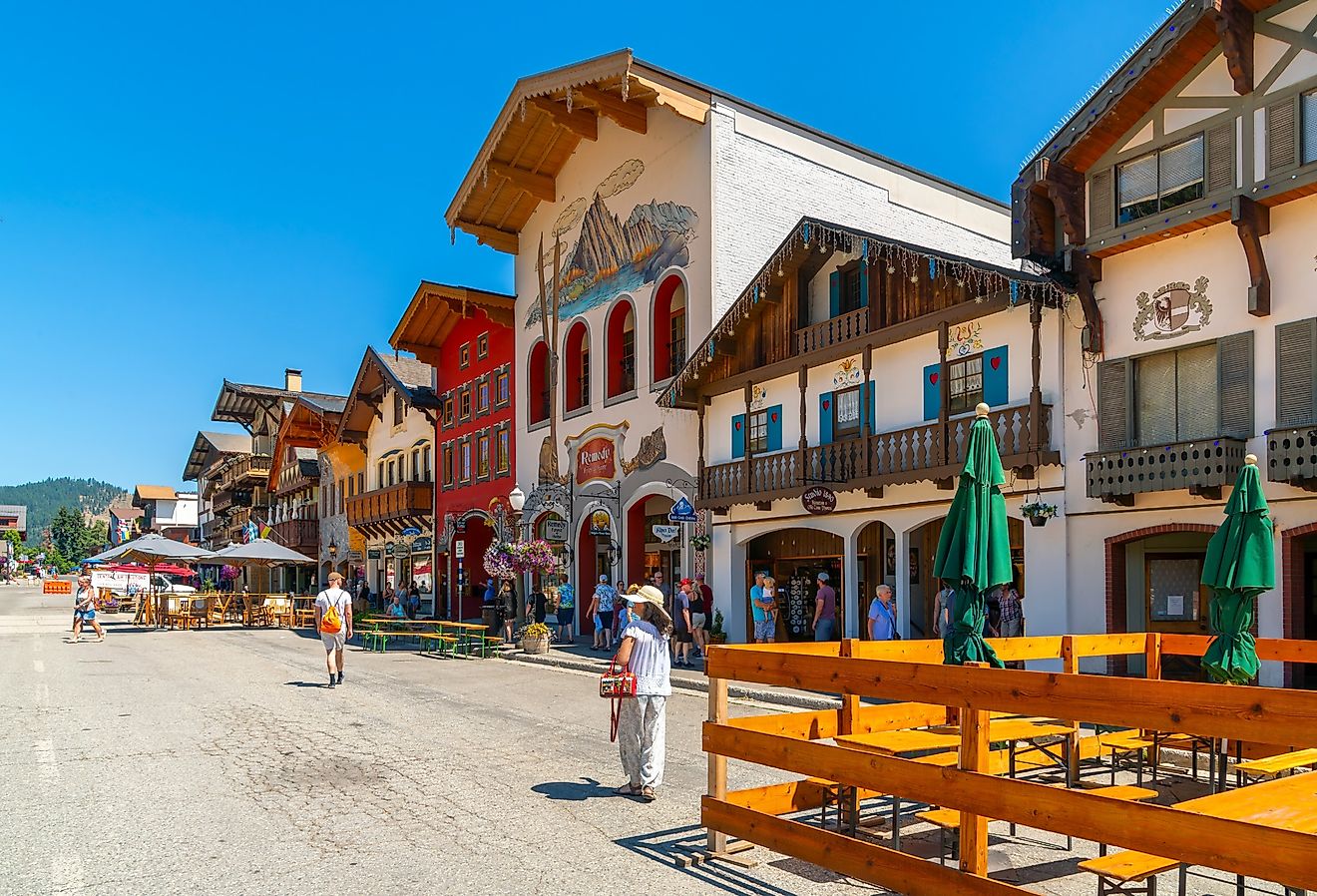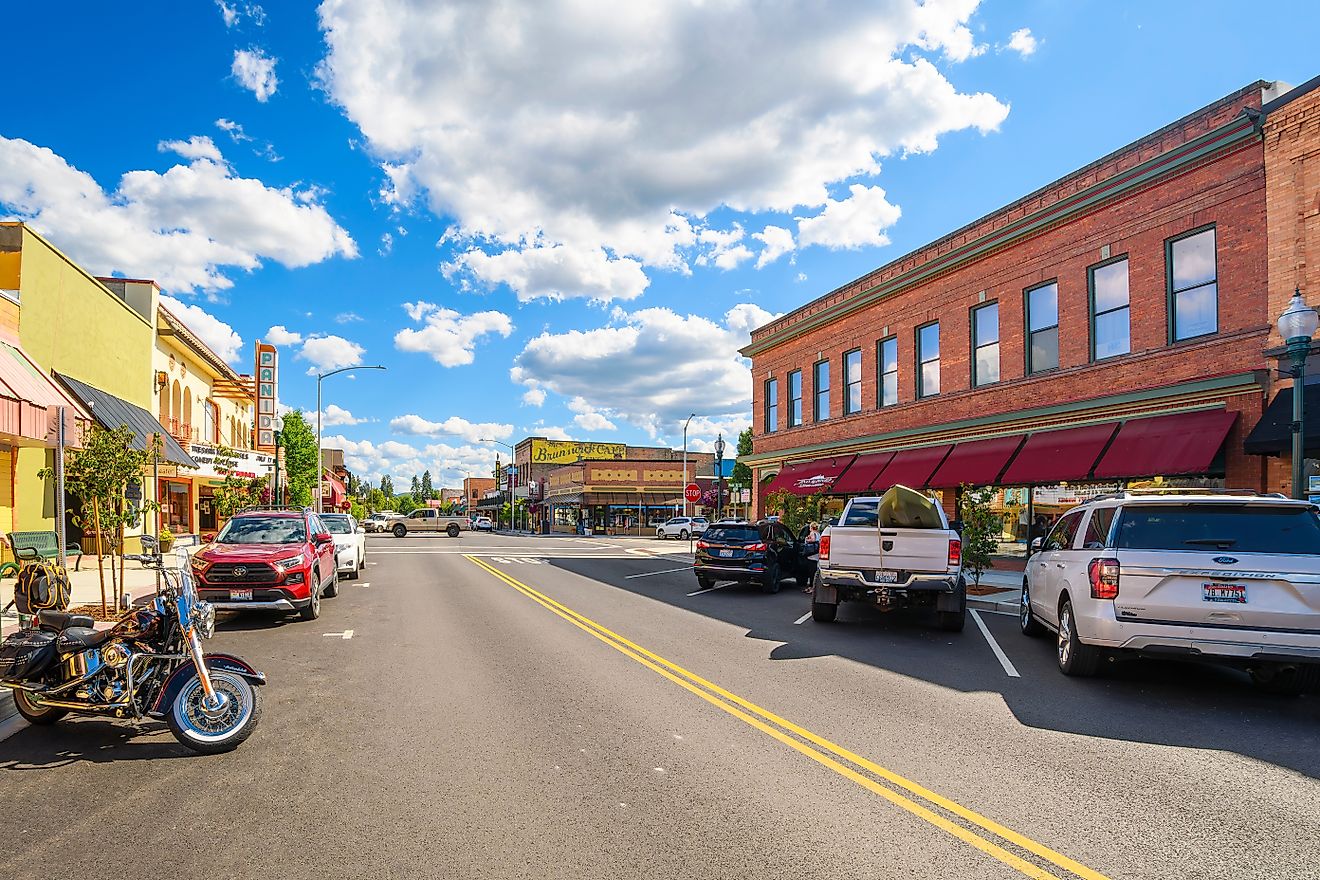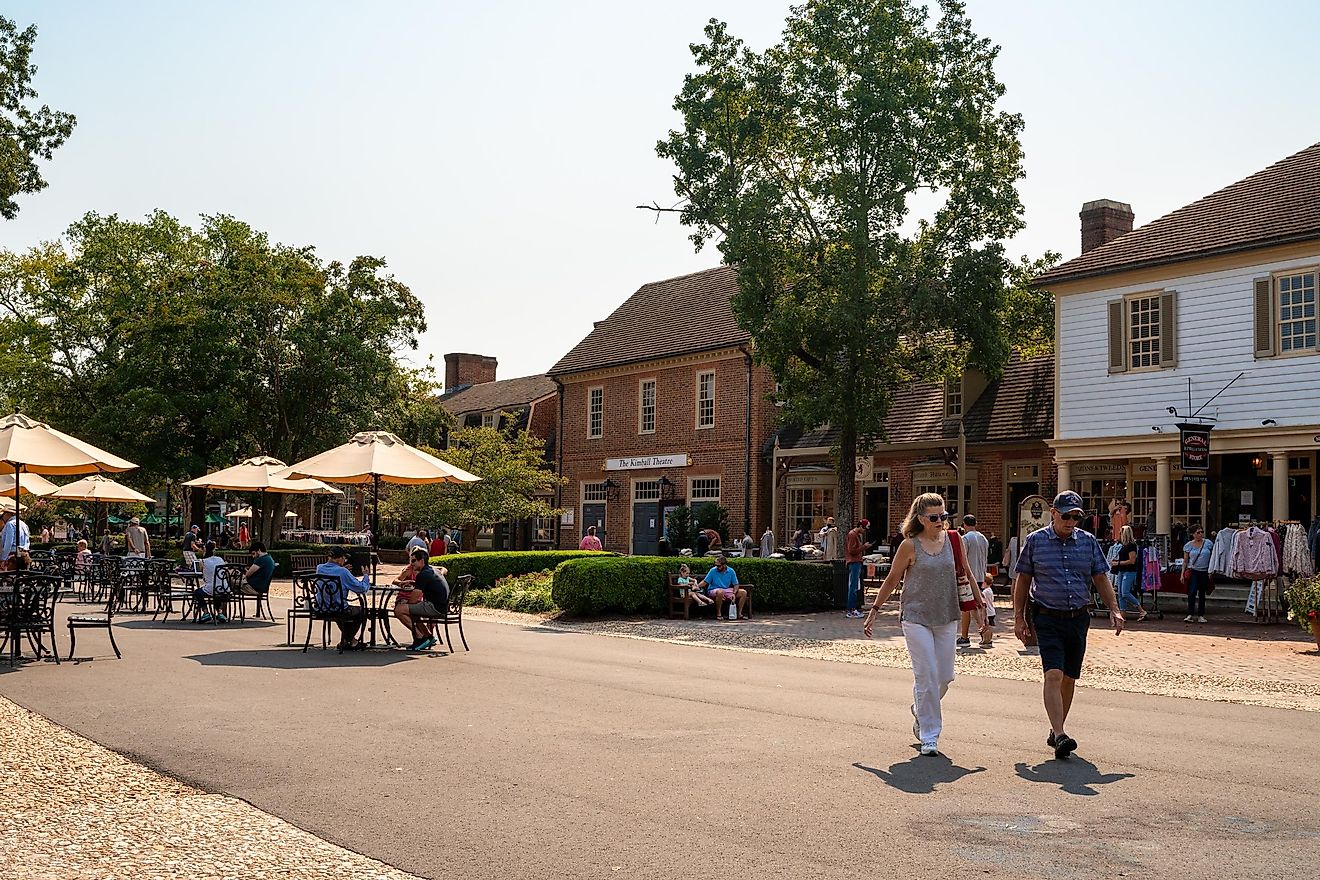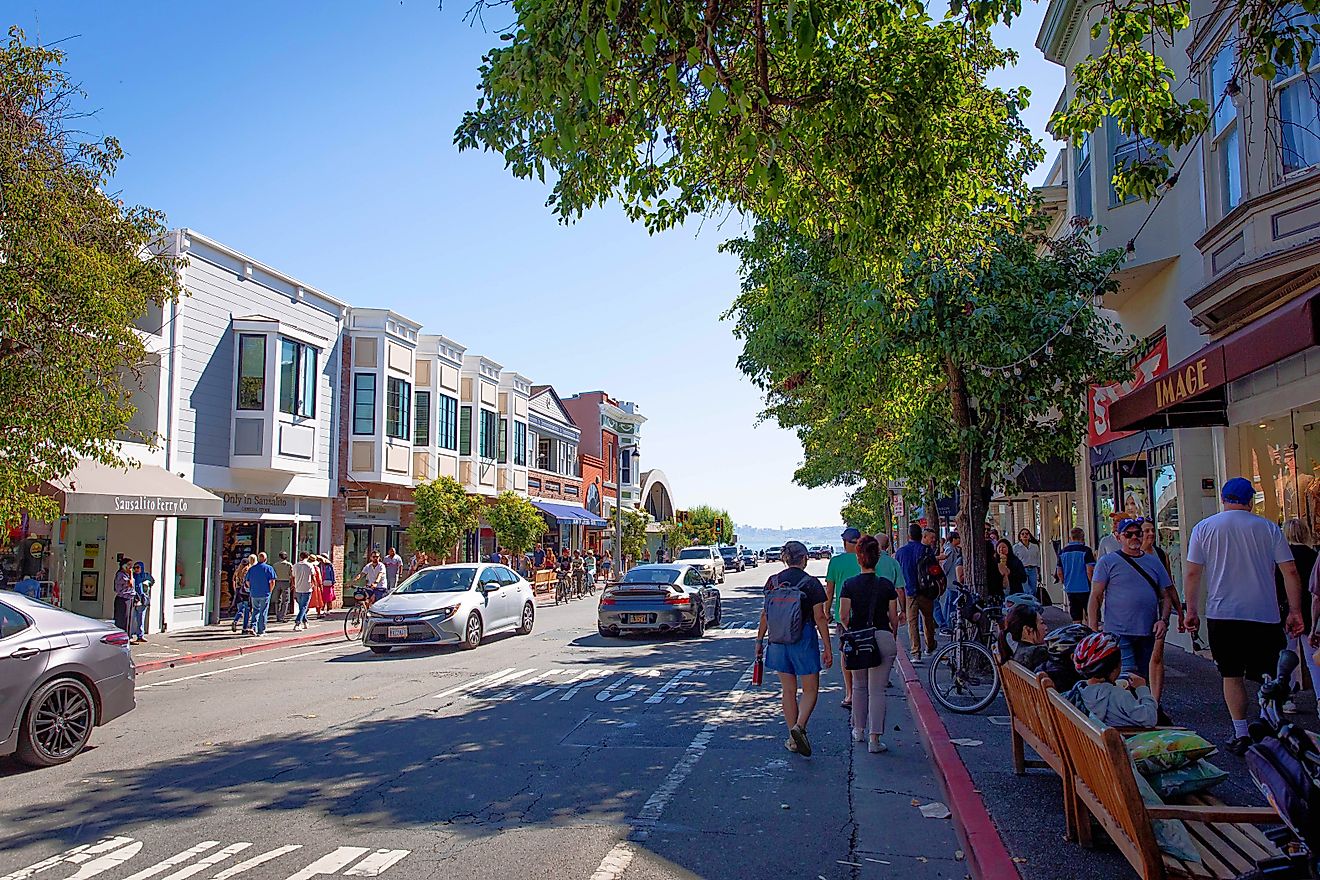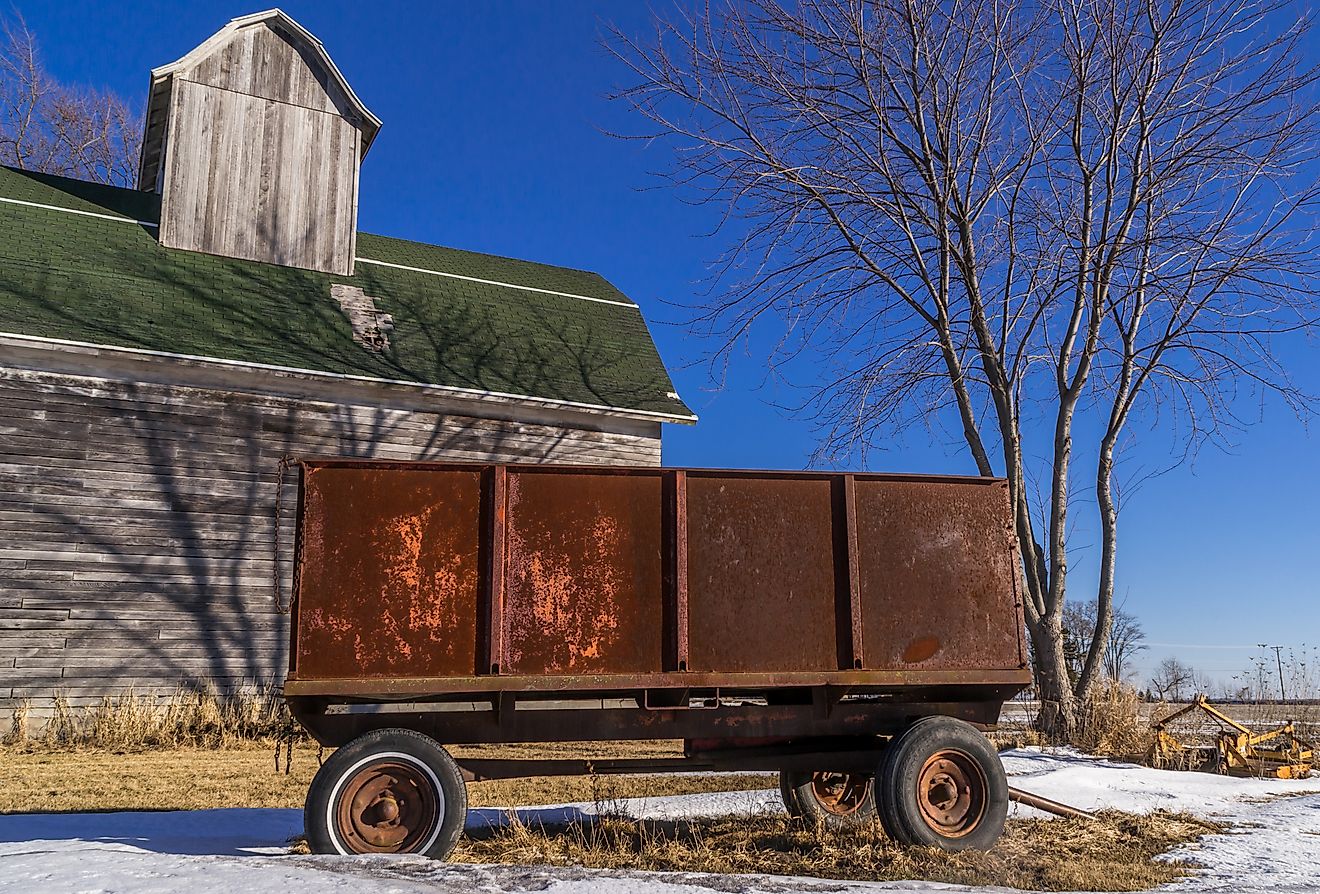
Milford, Connecticut
Milford is a small coastal city situated in New Haven County in the US State of Connecticut. The city lies on Long Island Sound northeast of the mouth of the Housatonic River, between New Haven and Bridgeport. Milford also includes the village of Devon and the municipality of Woodmont, with a diverse mix of neighborhoods, three walkable centers, historic districts, plenty of parks, and over 17 miles of coastline situated just 60 miles from Manhattan.
Geography And Climate Of Milford

Milford covers a total area of 65.08 sq. km, of which 56.73 sq. km are occupied by land, and 8.35 sq. km are covered by water. The town hosts 17 miles of Long Island Sound coastline from the south, which winds its way to meet the Wepawaug River in the middle of town. The city is surrounded by Stratford from the west, Orange from the northeast, and West Haven from the east. The climate in Milford is continental, with warm and humid summers, and very cold snowy winters, with cloudy skies all through the year. The temperature fluctuates between -5 °C and 28 °C and is hardly below -12 °C or above 31 °C. For tourists, the best time to visit Milford for warm-weather activities is between June and September.
Brief History Of Milford

The land which currently composes Milford, Orange, and West Haven was obtained in 1639 from Ansantawae, chief of the local Paugussets (an Algonquian tribe), by English settlers associated with the modern New Haven Colony. Initially, the area was named "Wepawaug," which is the small river that streams through the town and has given its name to many streets in both Milford and Orange. During the Revolutionary War, the Milford area of the Boston Post Road served as a significant passage connecting other important coastal cities. The path got obstructed by Continental forces, and Fort Trumbull was built to defend the town. The Liberty Rock statue celebrates the site of the blockage. In 1822, the town started developing, and in due course, the remaining area of Milford was occupied through shipbuilding, farming, and oystering, with a small subset of manufacturing facilities that grew in the town. On the other hand, Milford also thrived as a beach resort attracting New Haven and Bridgeport residents. Later on, in 1903, the southeastern area of the town was chartered as the Borough of Woodmont, which was included in the town of Milford when chartered, to be eventually incorporated as the City of Milford in 1959.
The Population And Economy Of Milford

The population of Milford is estimated to be around 53,336 residents as per the latest US Census. Of these, 88.08% of the residents were born in the United States, and 63.57% had been born in Connecticut. Moreover, 3.88% of the residents are not US citizens, with the most significant percentage coming from Asia.
The economic development in Milford has increased the area of the city while it added both opportunities and overcrowding. Today, Milford is in the issue of balancing between land development and keeping a natural environment, especially with the city’s location at the mouth of the Housatonic River and adjacent to the Long Island Sound. Currently, the leading sectors in the Milford economy are healthcare and social assistance services, followed by manufacturing and retail trade. From another business perspective, the average annual income of a Milford resident is $40,797, undergoing a 6.3% sales tax and a 5.5% income tax.
Top Attractions In Milford
Silver Sands State Park

Covering almost 300 acres of land, Silver Sands State Park is situated on Long Island Sound. The park hosts an incredibly varied range of grounds, including dunes, a forest, a marsh, and a beach. In addition to enjoying the time around the beach, visitors are attracted to enjoy a picnic or stroll along the trails that run around the park. Moreover, the park also hosts a 14 -acre bird conservation area that protects wading birds like egrets and herons, making it a popular attraction to bird watchers.
Walnut Beach

Walnut Beach is considered one of Milford's most popular summer destinations, as it features a fishing pier and one of the state's longest boardwalks. Walnut Beach is located close to Charles Island, which is reachable by walking across a sand bar during low tide. Moreover, the beach offers shaded areas, pavilions, and picnic areas.
In addition to the above destinations, the city offers a wide range of restaurants, shops, and a stunning harbor distributed between its quaint historic Downtown, and the Devon Center, both of which are considered major walkable shopping and charming dining experiences in the city.
Milford was named as "Small City with a Big Heart," as the city has succeeded in stretching into a 17-mile frontage on Long Island Sound, which is the longest stretch of coastline in the state, laced with 13 beaches interrupted only by a few marinas and a yacht club. Moreover, every weekend a specific event or festival takes place in Milford, from the single-day events to casual meetings on the green, concerts, and outdoor movie nights for kids in the summer.
